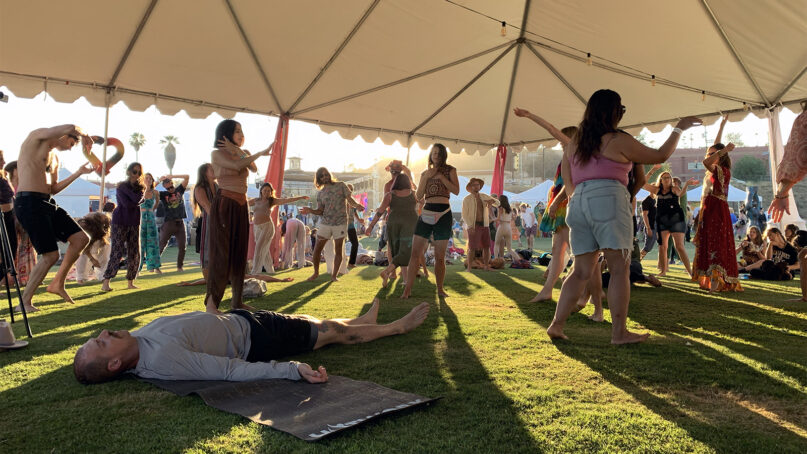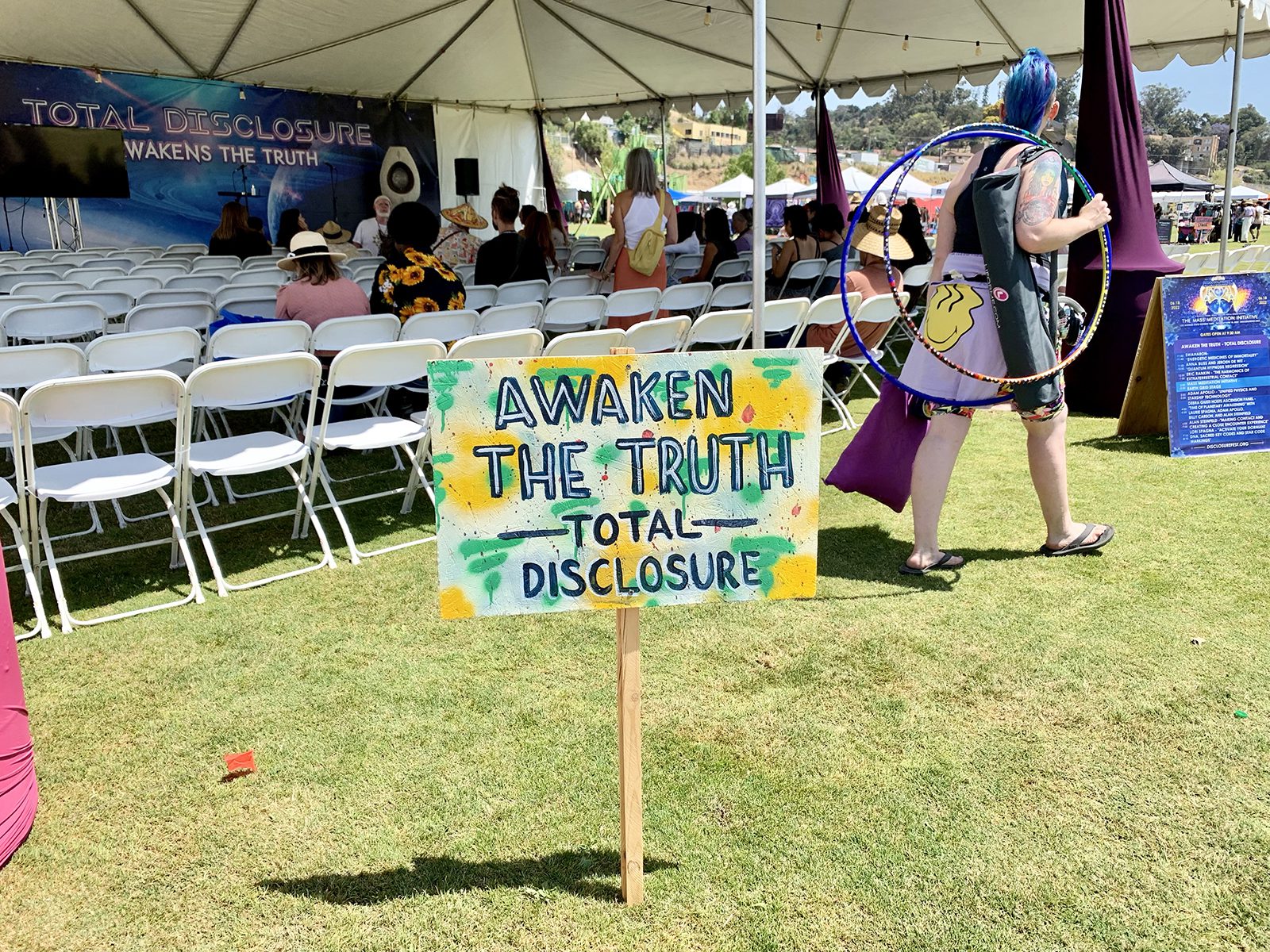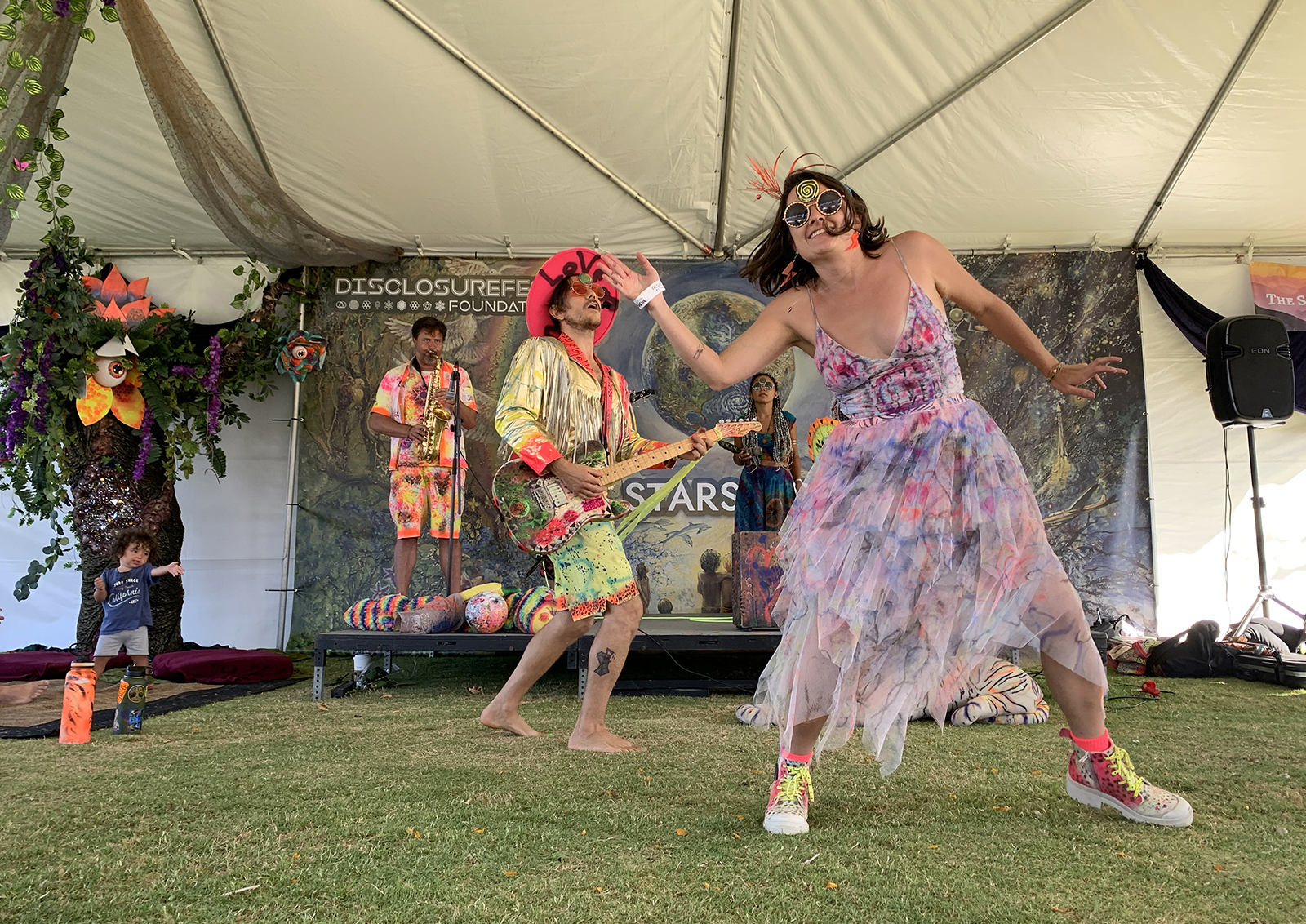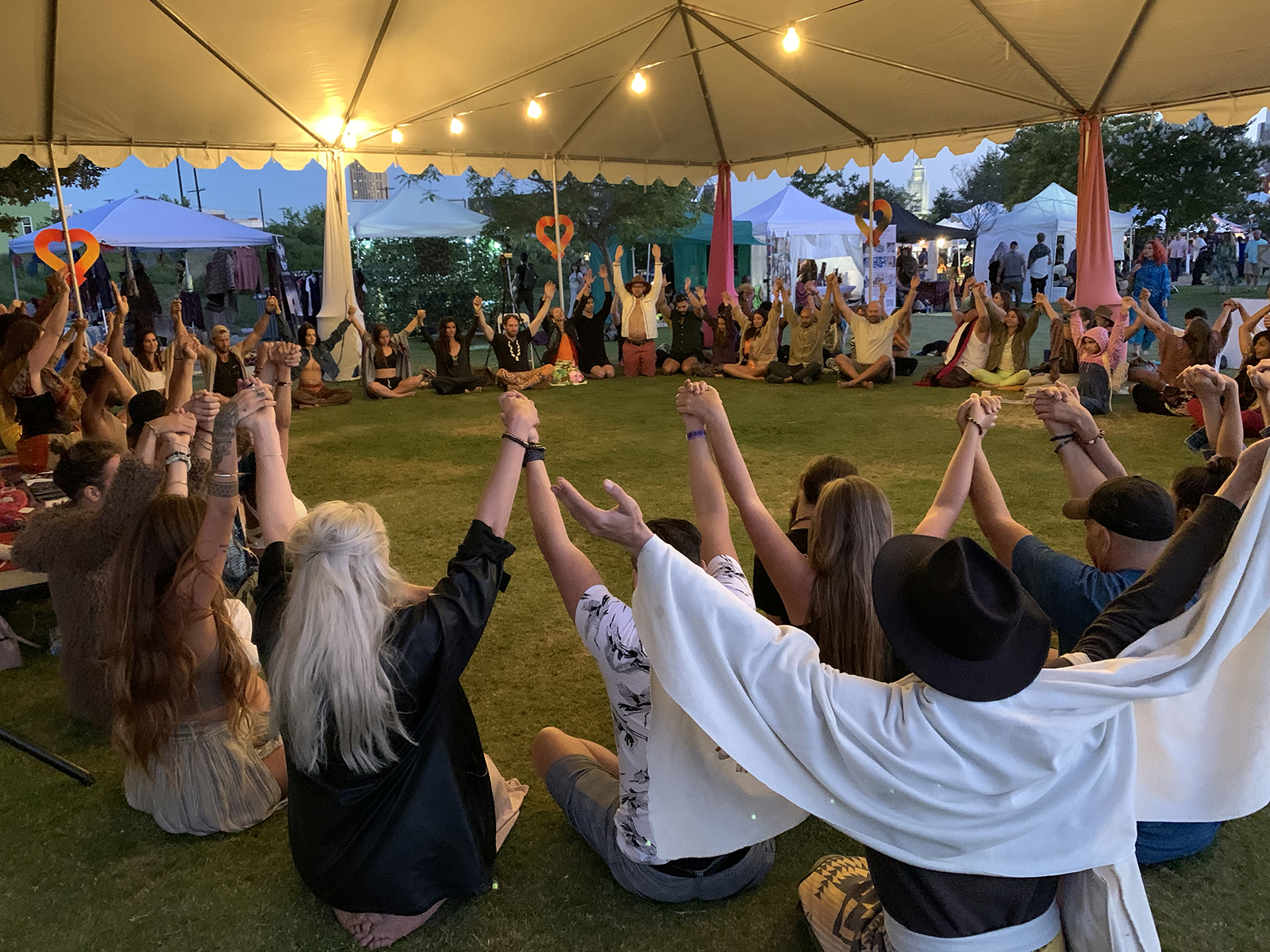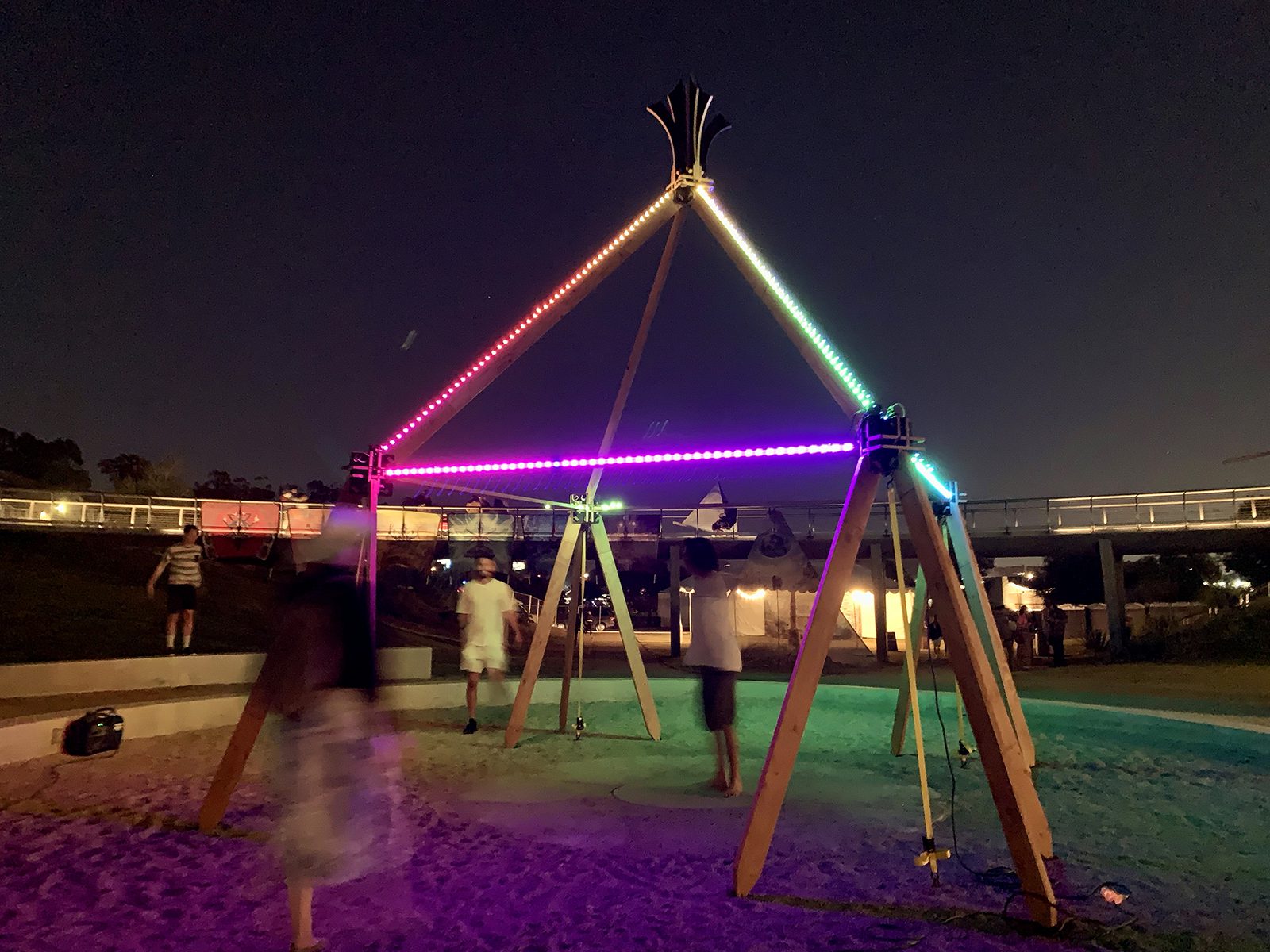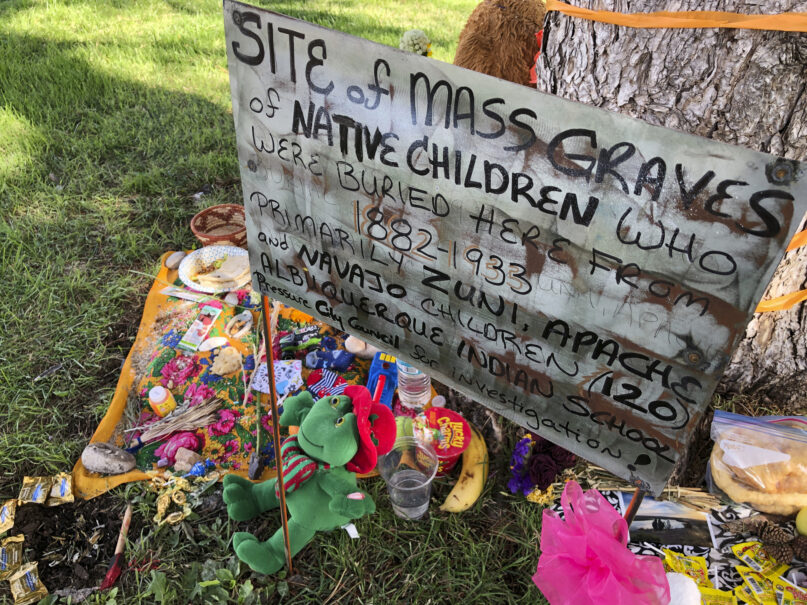THE SARANGI AND THE COURTESAN
![Hindoostany Natch, Kunchinee [dancing girls] c. 1828 | Anonymous Thanjauvr artist](https://i.dawn.com/primary/2022/06/62b7d8c37454e.jpg)
It is a humid and unforgiving summer evening. Tonight, we are not of the blessed. Karachi is encumbered under a dry spell, as the night wombs all air and cool. I am seated next to my best friend, Reja, as we patiently await the Indian classical ensemble that is to play on stage. It’s been a while since I’ve heard any classical music; my days are all-too-consumed with plays by Shakespeare, Marlowe and Pinter, Bulleh and Waris Shah (admittedly, a first-time for the English department), and writing a poem or two and preparing for the end of my literature degree.
“You can enter now!” the student-volunteer guarding the concert hall calls out. I eavesdrop on a private but audible release of breath — Reja, who has lived in Karachi her entire life, is strangely not at all climatised to our city’s heat. I internally grapple with the question of my best friend’s life trajectory as we swiftly capitalise the front row seats.
Inside, I call upon a forgotten god as the night takes an unexpected turn. I may have entered the womb itself. Gulping this foster air, I crowd and shiver. The air conditioner is unremorsefully blowing directly on our faces; I am already cold and now annoyed. Disoriented by the switch, by this make-believe space, this artificial room, a prison of privilege as I know life to be, I turn to have Reja jot down my dramatic complaints, but I find that she is utterly relieved.
The Indian classical sarangi is rapidly declining in Pakistan. Presently, and within a traceable modern past, the sarangi is a male-dominated instrument, yet it is assigned female at birth in the Indian Classical tradition, and was historically played and nurtured by women until the British arrived. What changed? A female sarangi player uncovers a forgotten aspect of history…
She reminds me of a moment. A sacrificial goat that instantly paraded my compact garden as he was let out along with five other arrested goats from the back of the tiniest office van my eyes had ever seen. If I had a choice, would I kill or be murdered? My unrelated and useless thoughts drone through every performance till suddenly, I am struck. It isn’t the climate, this time — or the lack of one — but a paralysing passion. I am, for the first-time during performance, present and feeling within this concert hall. No thoughts, just her.
This is a pivotal point — the very first of an ongoing conversation I am holding with the Indian classical sarangi. This marks the very beginning of my relationship with her.
THE DECLINE OF THE SARANGI AND ITS CONNECTION TO COURTESAN CULTURE
It is no secret that in present-day Pakistan, the Indian classical sarangi is rapidly in decline. The reasons for this span from an emergence of an overtly pseudo-religious culture, rise in political Islamicisation that thrives on a halal/haraam dichotomy, the lack of interest and social respect for the classical arts, and the poor financial state of a sarangi player. These are some of the major reasons to say the least.
Almost all musicians in Pakistan, however, cite the ‘difficulty’ of the sarangi and the consecutive deaths of the elders (established sarangiyas) as a reason for its decline. The 1980s is usually cited as this period. Although valid, I argue that the sarangi’s decline was in place long before the creation of the State of Pakistan. It was a consequence of a deliberately planned anti-Indian reformist movement that was led by no other than the British colonial establishment. I believe this to be the biggest reason for the sarangi’s decline. It is somehow easier to believe that colonialism would drive its decline than the fact that hardly anyone in Pakistan’s Indian classical music scene would think to mention this and reflect over it.

In fact, there is a direct relationship between the decline in courtesan culture during colonial India and the Indian classical sarangi. The courts of the Mughals are where the sarangi flourished, and eventually gained its popularity and grounding in the Indian Subcontinent and later, internationally. The British rule of the Subcontinent was disastrous for the sarangi. According to journalist and author Claire Scobie, this developed in a manner where local sarangiyas lost their livelihood as the princely states and kingdoms had also lost much of their control and power.
The art and music that vibrantly flourished in court houses previously was now in danger and rapidly plummeting. As stated by a few historians, this occurred after the annexation of Oudh [Awadh] in 1856 and the deportation of its nawab Wajid Ali Shah to Calcutta. The British colonisers are known to have taken away “everything” (as observed by historian Joep Bor) including the dignity of the Indian artists.
A BITTERSWEET BARGAIN
In the Indian classical music tradition, the sarangi is assigned female at birth. Reasons cited by sarangiyas vary from the high-pitched frequency of her voice to the shape of her body. However, one can’t help think that its very close association with the tawaaifs [courtesans] is a particular reason that stands out for why she could be female.
Five years pass since the metamorphic moment in the concert hall where I first hear the sounds of the sarangi, well and breathing. That was staged at the National Academy of Performing Arts’ (Napa) Zia Mohyeddin Theatre where the only active, professional sarangi player of Karachi (and one of two in the entirety of Pakistan), Gul Muhammad of the Hoshiyarpur gharana [lineage] was playing the sarangi as part of an Indian classical music ensemble.
Now I am practicing Für Elise [For Elise] by Beethoven on the second-hand upright piano that rests in my brother’s room. It is a very generous gift from my late grandfather; the grandfather who supported my love for music and the arts. After much playing (and sweating), I rest and make my way to the living room, where an occasional Bollywood family night is upon me.
All three, grandpa, granny and mother are glued to the latest television grandpa bought granny because he felt bad that she watched her Urdu outdated one with a damaged screen caused by spraying bathroom cleaner on the TV screen instead of the bathroom tiles. Seeing them wrapped in weighted blankets during a Karachi winter is so rare a sight that I decide to watch Lagaan beside them a while.
A gripping scene with the natives miserably failing at cricket after their fearless acceptance of a match against the Brits as an act of freedom (in more ways than economical) has my family clutching their heartstrings. The scene smoothly transitions into a song as I am about to exit to continue my practice. It is Mitwa with all the greats — composed by A R Rahman, sung by Udit Narayan and Alka Yagnik, with Aamir Khan and Gracy Singh. But they are not what pull me in. It is her again. She is no other than Ustad Sultan Khan’s sarangi. And just like that, the house is on fire, but this time, one that cannot be put out.
THE TAWAAIFS
Looking into the life of the courtesans and its culture within the Indian Subcontinent is quite significant in explaining the current state of the sarangi. The Indian courtesans, commonly known as tawaaifs, had more power in society than the average woman. The tawaaif was not the typically popularised domesticated woman, but one that had personal and professional agency. According to artist, writer and tabla player, David Courtney, they excelled in the field of arts and nearly monopolised it.
What makes the courtesan’ culture unique was their independent lifestyle, which was denied to most women of the time. One significant reason for this was that only tawaaifs were female property owners and taxpayers. Not only that, but they were also the only women able to inherit property and pass it down to their biological and adopted children (including daughters).
At the same time, there was no fear or pressure for marriage in the way that was common for Indian women, for if they desired to settle down, they always could. When this option was taken up, it was often with the established and well-placed men of society. This greatly benefited men too. The ones who were favoured by a tawaaif would see a substantial increase in their social status. There are patriarchal undertones to this too because, for men, tawaaifs were equivalent to trophy wives.
However, everything considered, the tawaaifs still had more freedom and power than most women of the time. This meant they could be both unmarried and independent, and yet garner social respect and economical safety. They were free from the expectations of society and the constraints that came with what a woman ‘ought to be.’
Interestingly, because they were rid of domestic chores, they were able to attain artistic excellence that surpassed their male counterparts. The position of a tawaaif was seen with utmost respect, so much so that being an accompanist or musician was often seen below them, even by them. They would simply hire male musicians to work under them; spearheading in every sense.
They achieved what most women could not dream of: independence, education, right to finances, personal property, and most importantly, the will and liberty to invest in oneself.
Claire Scobie, who analyses the figure of the devadasi (a female artist dedicated to worship, serving a temple or deity) in European travel writing, points out how the women were highly misunderstood and marginalised. Christian missionaries and travellers in eighteenth century fashion could not comprehend the interconnectedness between sacredness and sexuality. The British arrived and brought with them a conservative and binary view of life. They could not comprehend dance as sacred service. It could either be dance or divine, good or bad, right or wrong — only one, never both.
This virtuously limiting conscience with which the British ruled, essentially caused cultural demise in colonial India. An evangelical and social reformist movement against courtesan culture and a reimagined immorality sprung up as a result of this. It is from here where ‘nautch girls’ are convoluted into existence and the rupture of the Indian sarangi is perpetually set in motion.
STILL A COLONISED COUNTRY

“But… you have an actual piano now! Not just a keyboard. Do you even know how hard it would be to climb the ladder and earn any amount of decent income, let alone respect? You need an entire mehfil to play, with other such players. At least with the piano, you can go solo and actually succeed.”
This is when I realised I was bribed with a second-hand, upright piano.
I had mentioned my desire to learn (and simply be around) the sarangi to my family after the event at Napa — that kind of felt like a musical equivalent of the first day of my period — or the time I heard goat number one with a devil-may-care attitude let out a haunting cry (still reverberating along closing corridors). There was no response but a gift in the shape of piano that encouraged me to play again, and seriously, as my piano teacher during primary school had made me promise. I felt profound gratitude and intolerable guilt at the very same time. Such strong and opposing emotion obliged me to forget about the painfully sweet-sounding, melancholic pitches that caused movement within me. I closeted her to memory, reluctantly yet wilfully swapping one desire for another.
Playing the keyboard wasn’t as disheartening as I am perhaps making it out to be, as it undoubtedly formed a huge part of my identity and guided my future passions. There was still, however, a dark cloud hovering over me and fogging my concentration each time I sat in front of my promised passion: if there is so much encouragement and support for music in my family, then why isn’t anyone nourishing my desire to learn sarangi in the same way?
Little did I know that my battle towards colonialism had already begun. This is when I vowed to find a job right after I graduated with my bachelor’s degree and nurture a sarangi of my own. Three years later, this finally happened. My first and only big ‘purchase’. The sarangi is the only living thing that I have gifted myself, which is why it is not a passive object, or a monetary purchase. It is a space of caretaking and belonging. It is a contradiction — something that is acquired through money but something I can neither be bought into nor bribed out of.
WHO IS A NAUTCH GIRL?

The independence of the tawaaifs and devadasis posed a threat to the British colonisers. The puritan vision of the British was set on demonising the sacred arts and this is where the term, ‘nautch girl’ originated from. Nautch is an anglicised version for naach. Naach is derived from naachna which means to dance in Hindi-Urdu. The term nauch essentially is a Victorian corruption of the original, naatchan. Other variations of this are, ‘naach-wali’, and ‘nautch-wali’. The term, nautch girl was thence widely used by the seventeenth century. A nautch girl was also known as a tawaaif, a kothaywali and/or devadasi. Although all three terms and the two groups of women vary in meaning, skill, purpose and training, the British forced them into one category of ‘nautch girl’, which contributed to further confusion and demonisation.
The other major shift apart from the bastardisation of the name was their source of patronage. Previously, they would seek patronage from Mughal courts and within the local community but, after the arrival of the British, it was the British who were sought after. The British then adapted the custom of incorporating tawaaifs for performances as a way of offering hospitality and also used them for private gatherings.
It is important to note that the terms ‘tawaaif’ and ‘devadasi’ are not related. The colonial establishment mixed the two into a misinformed and objectified ‘nautch girl’. Just as tawaaifs and devadasis were two entirely separate groups of women holding their unique positions, in the same manner, no two tawaaifs were the same, and that meant that every tawaaif was not necessarily a dancer.
Moreover, devadasi literally translates to ‘servant of Deva’ or ‘a female servant of God.’ They resided in and served the Hindu temples through the arts and dance and were found in South India. Tawaaifs referred to the women associated with Mughal courts who were imperative in developing various North Indian styles of dance such as Kathak, and music such as dadra, thumri and ghazal.
ANYTHING BUT A DANCING GIRL

“WHAT IS THAT I HEAR IN THE BACKGROUND? Are you playing piano? Do you not know good Muslim girls do not go where there is music? Where there is music, there ought to be dancing girls! That is why I did not allow your nani to name you Natasha. Dancing girls are named Natasha.”
These were the words spoken by my other late grandfather, the one who did not support my love for music and the arts. I was almost a teenager and had recently moved back to Pakistan from East Africa. I resided with my maternal grandparents, mother and brother — all of whom supported my piano-playing. From my ageing eyes looking back, I could understand and anticipate the cultural shock of my teen self who experienced massive cultural shock moving to and living in Pakistan for the very first time, but I couldn’t fully grasp how music equalled violence and dancing was very, very bad.
I was just a girl, but I was still a girl. Needless to say, I was a girl who broke a promise. And if it isn’t foreseeable yet, I stopped playing the piano for years after this event, till the days of the gifted piano neared. My grandfather’s gift of a piano symbolises much more than the material nature of a musical instrument. In actuality, I was presented with a key to an abstract language with which I could access multitudes of a love and its longing towards it.
The occasion of my other grandfather pinning me to the world of vulgarity and prostitution by the mere mention of a 12-year-old kid playing the keyboard, because it most certainly would turn her into a ‘dancing girl,’ defines for me the clear relationship between the Anti-Nautch Movement and Indian classical music. This haraam/halal dichotomy necessarily uproots itself because of the direct influence women have had on music, dance and the arts.
The culture around courtesans was losing its prestige and place. Victorian values were being preached and an Anti-Nautch Movement had begun to take place. Many courtesans turned to prostitution to fill their bellies and, as women lost their religious and artistic positions, the terrorising scavenger hunt of Indian society took place. Christian missionaries and Victorian social reformers, with the help of the local Westernised elite, discredited the courtesan and devadasi system. As Courtney notes, through legislation and law, the ancient generational practice of passing inheritance from mother to daughter was broken apart. In 1947, the devadasi institution was abolished.
The Anti-Nautch Movement was orchestrated by the British colonisers, but continued and gained momentum through the help of the local society. Christian missionaries were in control of majority of the publishing houses in the region through which local and indigenous languages were being wiped out. A self-hating culture emerged and what else was the quickest route to hate oneself than deny one’s language and culture?
Dance and music therefore became targets as a disdain for local culture grew and plans to abolish tawaaif houses were put in motion. It is important to note that none of this would have played out the way it did without the assistance of the local Indian community — the foreigner routinely requires collaborators in the form of local traitors to really have an effect on an entire society. Some of these local players were the Madras Christian Literature Society, Social Service League in Bombay and the Punjab Purity Association.
Keshub Chandra Sen, a Hindu philosopher and social reformer from the Punjab Purity Association, paints an image of the ‘nautch girls’ around this time, “hideous woman...hell in her eyes. In her breast is a vast ocean of poison. Round her comely waist dwell the furies of hell. Her hands are brandishing unseen daggers ever ready to strike unwary or wilful victims that fall in her way. Her blandishments are India’s ruin. Alas! her smile is India’s death.”
“No one can play the sarangi, let alone a woman,” a classmate from Napa made sure I knew once I openly expressed my desire to play her much long after I had discovered my mission to decolonise. This is when I realised that along with colonised brainwashing, I am up against another battle — the war against my gender.
I am just a woman, but still a woman. Not just still woman, but woman in a pre-British colony, in modern-day Pakistan, human carrying the wounds of womanhood. Somehow I pick my sarangi.
A WORLD THAT HAS NEARLY CEASED TO EXIST
Remaining archival material dictates an exciting yet forgotten past. In the audio archives of Lutfullah Khan, Ustad Hamid Hussain Khan, a sarangi-nawaz from Pakistan, paints a scene of the mehfils that he was part of during the times of nawabs and maharajas. He states that only those women who were highly educated and well-versed in Urdu, Farsi and a bit of English, had undergone intensive musical training, were well-trained in social etiquette and adab [literature] and tehzeeb [culture], were referred to as tawaaifs.
Other sources indicate that they were also great poets, excellent dancers, eloquent writers, skilled cooks and some of the most refined and accomplished women of the time. A ‘nautch’ girl would have had years of intensive training to gain permission to be called so. Their significant patronage should not be undermined in developing the fine and performing arts of subcontinental India.
Although sarangi and tabla players were equally considered important within the courts and courtesan circles, the tabla survived the stigma attached to ‘nautch’ girls. In the popular imagination, the sarangi remains linked to the world of courtesans, a world that has nearly ceased to exist.
I wonder if the sarangi’s connection with the women of the past is a reason male sarangiyas of today aren’t able to extract the respect they deserve. I was utterly shocked by the life experiences narrated by my former ustad, Zohaib Hassan, a seventh generation sarangi-nawaz of the Amritsari gharana. He narrated how he was accused of operating a whorehouse a countless number of times as neighbours and milkmen, landlords and chai-walas would hear him diligently and privately practice his sarangi. He went through extreme difficulty because of the sarangi’s direct association with ‘bad women’, and here I add and argue that it is simply an association to women! These enemies of women had once managed to render him houseless and had him kicked out of his home. Thankfully he survived and is doing well now. What then if Zohaib had been born woman instead?
Struggles like these make me fear for the safety of those playing, give me goosebumps and have me question my place in the extremely male-dominated world of Indian classical music, the sarangi and the misogynistic strongholds of Pakistan society. What give me some level of solace and confidence to continue are the progressive and feminist views of the two remaining, active, professional sarangi players of Pakistan, Gul and Zohaib. Where Gul tells me to look at my hands and compare mine to his, to blatantly say with a straight-face that we both have five fingers on each hand, a nail per finger, with similar shape, size and colour — “What makes your hand lesser than mine?” there Zohaib advices the only way to truly unlock the secrets and wonder of the sarangi: “usko apni saheli bana dein [make her your friend]”.
Zehra is a poet, writer and oral historian from Karachi. She is currently undergoing sarangi training with Gul Muhammad of Hoshiyarpur gharana.
She can be found on Twitter and Instagram: @zehjello

